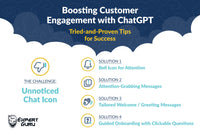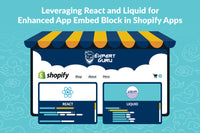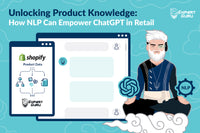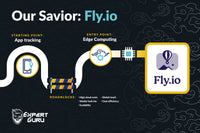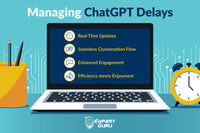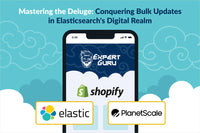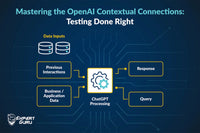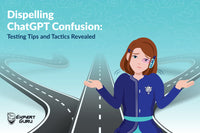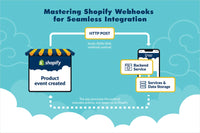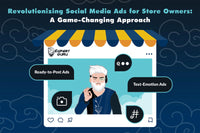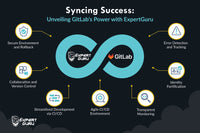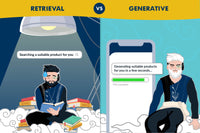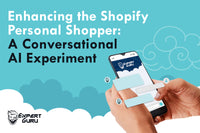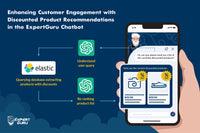This case study explores how we made use of OpenAI's ChatGPT in a Shopify store to enhance marketing effectiveness through detailed analysis of customer conversations. By identifying key information such as demographics, preferences, and purchase intentions, ChatGPT enables marketers to create precisely targeted ad campaigns. This approach helps in fine-tuning marketing strategies and significantly improving the engagement and conversion rates on e-commerce platforms.
Data Analysis Using Map-Reduce Strategy
In implementing ChatGPT for our Shopify store, we employed a strategy akin to the map-reduce algorithm, commonly used in big data processing. The first phase, the "map" step, involved a comprehensive analysis of all customer conversations collected via the chat interface. This process was broken down into stages where each conversation was parsed to identify and extract crucial pieces of information—ranging from age group and geographical location to specific product interests and buying preferences.
Overcoming ChatGPT Token Limitation
The map-reduce approach proved crucial in overcoming the token limitation inherent in the ChatGPT model. By structuring the data analysis phase to first 'map' out key data points from individual conversations and then 'reduce' them into consolidated segments, we minimized the need to process lengthy dialogues in a single query. This segmentation allowed us to handle large volumes of data efficiently, enabling the AI to generate focused and effective ad content without hitting the token limit. Additionally, this method enhanced the AI's ability to manage and analyse data more effectively, leading to more precise audience targeting.
Campaign Generation for Targeted Audiences
Once this mapping was completed, we transitioned to the "reduce" step, where all extracted data points were aggregated to form a consolidated profile for each distinct customer segment. This segmentation allowed us to tailor marketing messages with a high degree of specificity. In the subsequent phase, we utilized the insights garnered from our map-reduce analysis to generate targeted advertising content. Specifically, we crafted separate campaigns for different target audiences, optimizing the content for high engagement on platforms like Instagram and Facebook. Each ad set was designed to resonate with the unique preferences and needs of the segment it was aimed at, ensuring that the messaging was not only relevant but also compelling enough to drive conversions.
Conclusion
By integrating ChatGPT with a map-reduce strategy, our Shopify store has significantly enhanced ad campaign targeting and efficiency, overcoming AI token limitations and boosting sales. We aim to continue refining these approaches to further advance our e-commerce success.

